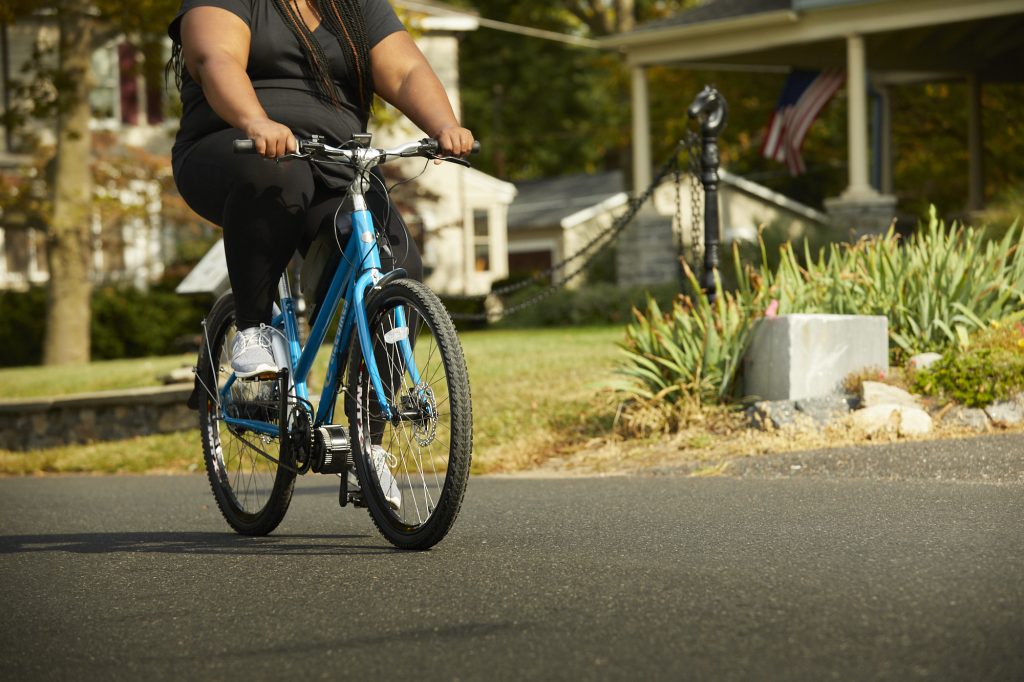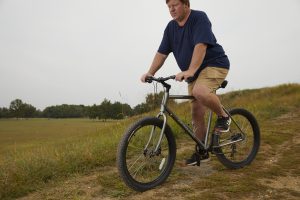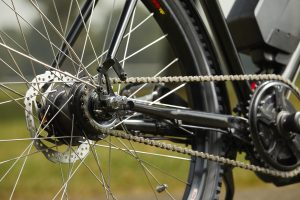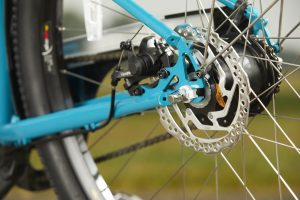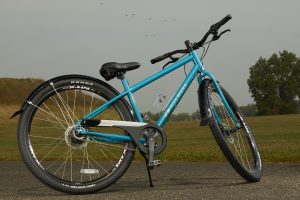If you want to buy bicycle tires, you should know that there are many variables from one bicycle tire to another, which doesn’t always make the correct choice easy or obvious. The bicycle you have and the kind of riding you do has a significant influence over what kind of bicycle tire will provide you with the best performance.
The following are the things you should consider when you buy bicycle tires:
1. Know what size tire you need (dimension).
Bicycle tires for regular adult bikes like hybrids and mountain bikes, usually come in either 26 or 27 inch sizes, which is the measurement of the outside diameter of the bicycle tire. There are also 29-inch tires, great for taller riders. On today’s road or racing bikes, the wheels are normally sized in metric, with either 650 mm or 700 mm. BMX bikes usually have 20-inch wheels. Take note that the size of your tire will be stamped on the side your tires.
2. Know what size you need (width).
Width is the next thing you need to look at as you buy bicycle tires. This is the second figure of a tire’s measurement. For example, the “balloon” tires used for beach or cruiser bikes are labeled “26 x 2.125,” which means the tires are 26 inches in diameter and 2.125 inches wide (across). Most tires used on hybrids and mountain bikes are in the range of 26 x 1.5. However, the specific size you would want will vary depending on your riding styles.
Road bikes measurement also display diameter and then width: 700 x 23 is common for high-speed racing tires. The figures mean that the tire is 700 mm in diameter and 23 mm wide.
3. Know the tread type.
The type of tread should be based on your usual riding surface. Completely smooth bicycle tires are best suited for racing or for riding on paved surfaces as they intentionally create minimal contact with the road.
Rough and knobby bicycle tires like you see on mountain bikes are excellent for wet or muddy trails. However these type of tires require more pedal power since there’s more contact with the ground.
Most people, especially those who cycle mostly on pavement would prefer tires with a smooth tread pattern.
4. Know the durability of the tire.
A major factor you should consider when you buy bicycle tires is durability. If you commute daily or ride long miles daily or regularly on rough road with nails, glass, and other small sharp objects on your path, you surely want to spend more to get tires that can last longer and be puncture-resistant.
There are many good bicycle tires available in the market today with additional features for reinforcement and extra puncture resistance.
5. Weight of The Tire
Unless you’re involved in competitive cycling and trying to loose some extra bike pounds, the weight of your bicycle tires is not really important. Basically, all tires that fit your bicycle will fall within the same general weight range which is not really something you should worry about. What’s more important is performance and durability.
What Width Do You Want?
Skinny bicycle tires go faster because they make less contact with the road. However, skinny tires require higher air pressure which gives a harder ride. Also, they may wear out more quickly than thicker ones and be more vulnerable to sidewall damage and punctures.
Wider tires can make you feel more steady while riding as they have more contact with the road, and they have better traction on irregular surfaces.
Tires that match the diameter of your rim (26 or 27 inches for example), generally fit just fine in a range of widths.
Learn the different types of bicycle tires and how to prevent flat tires by clicking on the links.
To be spared from hassles caused by punctured tires, consider getting a bicycle with slimed tubes, a self-repairing flat prevention system, and high tread count. Visit Zize Bikes, the maker of extra strong custom built bicycles for every body, including bicycles for heavy people that can support riders up to 550 pounds.
Watch this video to learn tips on how to buy bicycle tires.

